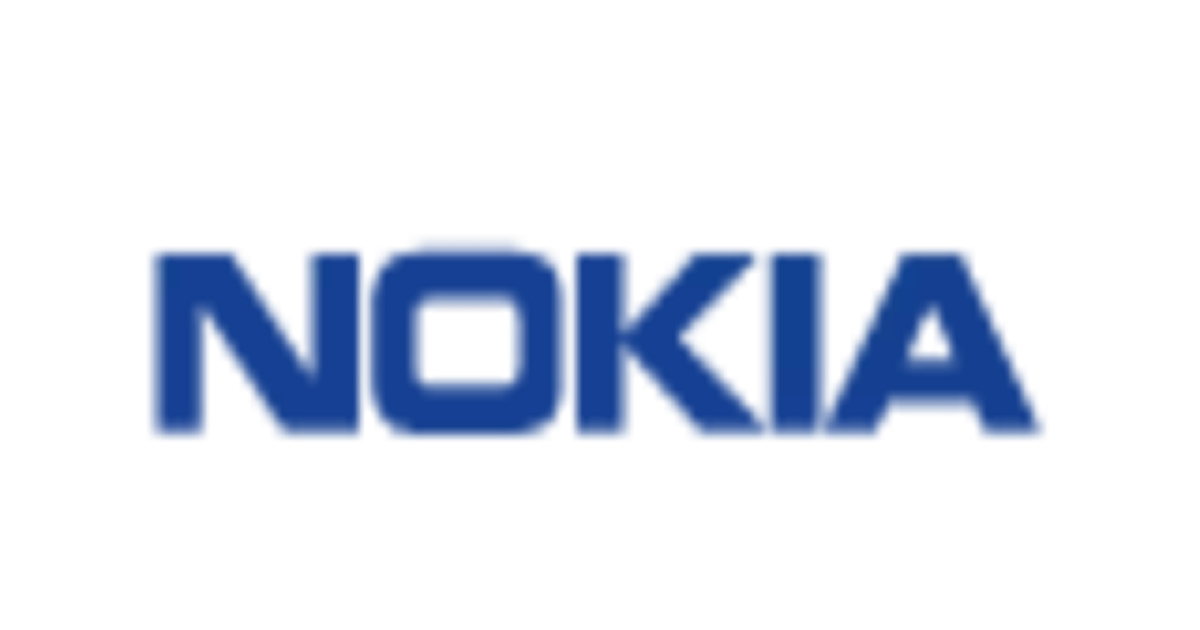XGS-PON makes NG-PON simpler

The need for next generation PON (NG-PON) networks is rapidly approaching. As fixed network operators consider their migration strategies, they need to find the most cost-effective path towards multi-gigabit services and the right balance between near-term investment and long-term thinking. In the past, that meant choosing a specific NG-PON technology, a decision which could lead to a technology or a solution lock in and costly future upgrades. But what if they didn’t have to choose? What if there was a single, universal NG-PON approach that allowed various 10 Gb/s technologies to co-exist? This would enable operators to evolve their networks at a pace and cost that suit their specific business needs.
NEXT GENERATION, NOW
The last few years have seen an explosion in ultra-broadband technologies and services. Businesses and even many residential customers now take for granted downstream broadband speeds of hundreds of megabits per second, with gigabit and multi-gigabit services being offered in many markets.
After this focus on downstream services, operators are now turning their attention to the advantages offered by high bandwidth upstream and symmetrical bitrates. They are looking to unlock the full potential of their networks, extending services from fiber-to-the-home to fiber-to-everything while boosting bitrates, increasing revenues, and improving their network operations.
There are 3 main drivers behind this trend.
Business services. This is a high ARPU opportunity for operators, enabling them to expand their addressable market from home office/small office customers to large enterprises that need symmetrical services.
Competitive advantage. Symmetrical and high-bandwidth upstream services are increasingly popular with residential customers that create occasional peaks in upstream traffic. Symmetrical bandwidth is a crucial differentiator and the next big marketing opportunity for operators.
5G enabler and legacy evolution. With the imminent arrival of 5G mobile services, 10G symmetrical fiber networks can be used for mobile backhaul as well as the aggregation of remote access node traffic.
TECHNOLOGY CHOICES
For an operator with an existing GPON network, there are 3 main next generation PON technologies from which to choose.
XG-PON (x=10 G=Gigabit PON) was the first standardized next generation technology. It delivers 10 Gb/s downstream and 2.5 Gb/s upstream (10/2.5G) using a single fixed wavelength in each direction.
The latest standard, XGS-PON (X=10, G=Gigabit, S=symmetrical PON), delivers 10 Gb/s in both directions but also supports dual rate transmission. This allows 10/10G XGS-PON optical network units (ONU) and 10/2.5G XG-PON ONUs to be connected to the same optical line terminal (OLT) port through a native dual upstream rate TDMA (Time Division Multiple Access) scheme and TDM scheme in the downstream. XGS-PON dual rate has a similar cost to XG-PON but delivers 4 times more upstream bandwidth.
TWDM-PON (Time Wavelength Division Multiplexing) is the most advanced and sophisticated of all NG-PON technologies. It adds more wavelengths on the fiber (initially 4 in upstream and 4 in downstream, with more possible in the future). TWDM-PON supports flexible bitrate configurations (2.5/2.5G, 10/2.5G, and 10/10G) and uses tunable lasers that allow operators to dynamically assign and change the wavelength on which a customer is connected. As with any new technology, the cost of tunable lasers is still high. But as innovations improve the technology and volumes increase, the cost of TWDM-PON will come down, in time for mass deployments predicted in 2018 and beyond.
In assessing future upgrade technologies, operators must find the right balance between performance and cost. They must choose a technology and platform that allows them to provide competitive services that create a good return on investment. But they must also balance short-term capital expenditure decisions with longer-term thinking. The wrong choice today could lead to a potential technology or platform lock-in resulting in an expensive forklift upgrade further down the line.
UNIVERSAL NG-PON
The industry has been putting a lot of effort into helping operators with these challenges and the new XGS-PON standard is part of these efforts. We now have the opportunity to converge various next generation technologies into a single, “universal” NG-PON solution. The solution uses common hardware (the same platform and same line card) where different optics can be plugged in to serve different optical network units (ONU): from GPON to XG-PON, XGS-PON to TWDM-PON. This makes the network evolution simple, flexible and efficient.
All operators can benefit from a universal NG-PON solution:
New entrants have a choice of 10G technologies, symmetrical or asymmetrical, on fixed or tunable wavelengths, so that they can deliver the right service and operations at the right cost.
Existing GPON operators have the same possibilities as new entrants, but can also keep existing GPON customers online alongside higher-bandwidth services.
Operators that have started deploying XG-PON can introduce XGS-PON to benefit from its 10 Gb/s symmetrical bandwidth without having to replace the XG-PON ONU installed base.
The upgrade to 10G services is done on the same fiber and outside distribution networks, without the need to decommission existing services
HOW XGS-PON HELPS
XGS-PON PON is a new technology that creates the opportunity for a universal path. It can be considered a simplified version of TWDM-PON where wavelength tunability and mobility have been removed to make it more cost effective.
XGS-PON uses wavelengths outside of the spectrum allocated to TWDM-PON so both technologies can co-exist on the same fiber. This means operators can deploy lower cost XGS-PON to offer 10 Gb/s services quickly and capture immediate 10 Gb/s services opportunities. Full TWDM-PON can be introduced at a later date without requiring a forklift upgrade to the network or even disrupting existing XGS-PON services. Alternatively, TWDM-PON can be introduced wavelength by wavelength in a pay-as-you-grow approach when and where needed. In both cases, TWDM-PON optics just need to be added to the existing line card.
Operators that have already invested in XG-PON previously had a difficult upgrade path. In most cases moving from XG-PON to 10 Gb/s symmetrical bitrates or TWDM-PON requires a new platform. Since this is inevitable, they can now consider deploying a universal NG-PON platform in order to future proof the network. Once XGS-PON dual-rate mode is introduced in the network XG-PON ONUs can be connected to the same XGS-PON OLT port, allowing operators to keep their installed base of XG-PON customers and introduce XGS-PON alongside.
All GPON operators considering the next generation of fiber technologies now have a single, truly universal solution. They can choose to begin with 10 Gb/s symmetrical or asymmetrical services, choose between fixed or tunable wavelengths, and just plug the appropriate ONU into their platform. At a later date, more services can be deployed by adding another wavelength, again on the same platform and fiber infrastructure.
START THE EVOLUTION WITH SYMMETRY
High bandwidth symmetrical services are starting to take hold around the world. Recently, Time Warner, ATT, Google, Verizon, Telefonica, Vodafone, Orange, Singtel, NTT and SK Telecom have all launched symmetrical or high-bandwidth upstream offers. Business users are the first to demand symmetry: these are high ARPU opportunities for operators and a chance to expand their addressable market from small office/home office customers into the large enterprise space.
But it is becoming increasingly important to be able to offer symmetrical services to residential customers as well. While overall traffic patterns for residential services remain asymmetrical (that is, people consume more content than they create), the increasing use of cloud storage, video uploads, speed tests and so on are creating bursts of upstream traffic that demand high bandwidth. A residential customer may not need it all the time but when they do, the network must deliver. So just as for downstream services, network operators need to provision for bursts in upstream demand, not just average traffic patterns, in order to differentiate their services and gain a competitive advantage.
For example, in Asia, where the ratio of upstream to downstream bandwidth usage is 3:1 (compared to an average 20:1 in Europe), the more upstream bandwidth provided, the more it is used. Thus, upstream services have become an important competitive differentiator for operators, helping to drive innovation and consumption.
Given that XGS-PON and XG-PON have a similar cost but XGS-PON has 4 times more upstream capacity, it is recommended starting the fiber evolution with XGS-PON symmetrical services. The next step would be TWDM-PON, which brings even more capacity, service convergence and operational savings. Operators should look to deploy solutions that will allow this seamless evolution. And that includes a platform that is ready for symmetry and multiple 10G speeds, but also network management that will simplify the integration and operations and manage multiple wavelengths and their capabilities.
A CLEAR PATH
Finally, operators have a clear path towards NG-PON. With the right platform, it is now possible to have GPON, XG-PON, XGS-PON and TWDM-PON all co-existing on the same fiber infrastructure. Competitive differentiation, new premium revenue streams and network efficiencies are now within immediate reach without fear of a technology lock-in or difficult future evolution to TWDM-PON.
















Tag